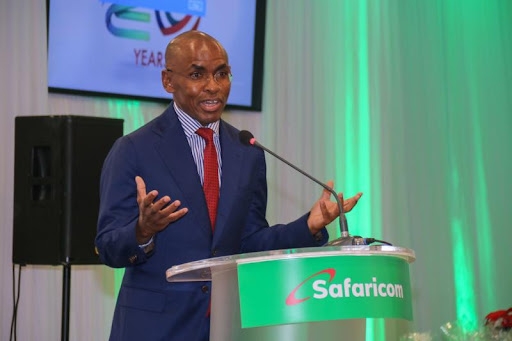Investors could wait for up to another year before full resumption of issuance of mining rights in Kenya, as the government finalises on findings from the national survey.
This comes as 1,500 face revocation for non-compliance, amid continued speculations of a possible lifting of the moratorium in the second half of the year by President William Ruto.
The freeze was instituted in November 2019 to pave way for the mapping of the country’s minerals.
Yesterday, Mining Principal Secretary Elijah Mwangi said the National Airbone Geophysical Survey identified 970 mineral occurrences across the country.
The government has since prioritised exploration of critical minerals and rare earth elements in 16 counties all aimed at improving available geological data.
High potential minerals include gold in Migori, Narok, Kakamega, Siaya, Marsabit, West Pokot, Turkana, Isiolo, Nandi and Vihiga.
There is potential for chromite (used to harden steel or manufacture stainless steel products and prevent corrosion) in Marsabit, Kilifi and West Pokot.
Kilifi, Lamu, Kwale and Tharaka Nithi have titanium deposits while granite deposits have been mapped in Vihiga, Kisumu, Machakos, Kajiado, Migori and Machakos.
Other minerals identified in different parts of the country are feldspar, gemstones, coltan, copper, graphite, nickel, rare earth elements, manganese and, uranium.
“We are now undertaking ground trothing to ascertain the extent and authenticity of the identified mineral anomalies. The exercise will be completed within the next 12 months. Thereafter, we will provide an upgraded official geological data,” Mwangi said.
He spoke in Nairobi yesterday during the opening of the Kenya Mining Week expo and conference.
This means investors could wait for another one year before full resumption on issuance of prospecting and mining licenses.
This, even as the government affirm its commitment to opening up the sector to investors, with a target of increasing its contribution to the GDP to about 10 per cent by the year 2030, from the currently paltry one per cent.
An online mining cadastre is already up and running, with the PS saying it is expected that issuance of mineral rights shall be efficient, transparent and timely.
In the ongoing reforms, the government has instituted a comprehensive audit with an aim of removing idle and speculative permits.
“If you have a permit or licence, you must demonstrate the compliances in order to retain it,” the PS said.
The state has identified over 1,500 licenses that are not compliant and set for revocation, with the freed areas availed to new applicants.
Investment Principal Secretary Abubakar Hassan said the government is banking on the mining sector to drive foreign direct investment.
“The government will ensure equal treatment of all investors,” Hassan said.
Companies whose future remains bleak as a result of the ban include Base Titanium, the current biggest player in the sector, whose current mine expires in 2024.
It has six pending prospective licenses applied back in 2018 for areas in Taita Taveta, Lamu and Tana River.









